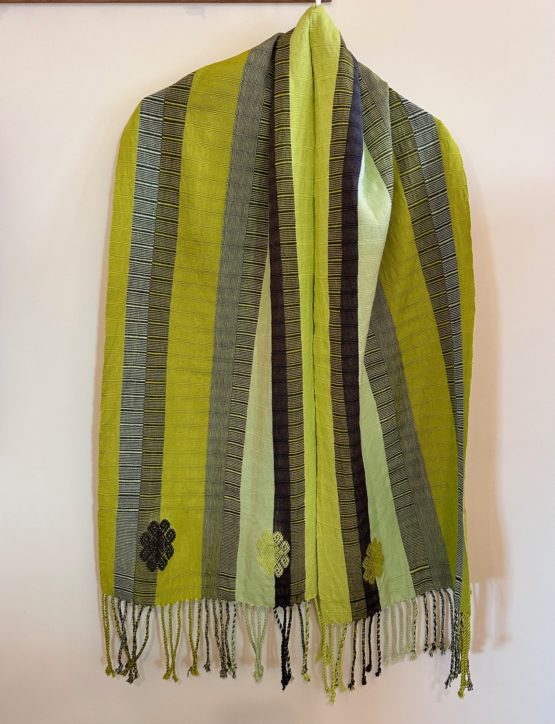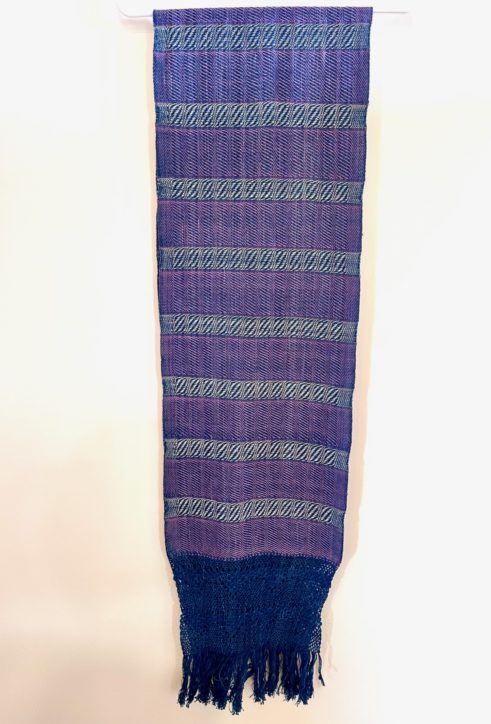This is my last month in Durham, North Carolina. I’m preparing to move west to Taos, NM on May 6, 2021, if all goes forward as planned. Last week, I walked to Maplewood Cemetery and around the historic tobacco town filled with renovated warehouses, factories and storefronts. Each step is a reminiscence of my 21 years living in North Carolina, and in the American south since 1989. This blog post is about intersections between past, present and future. It is about culpability: the Spanish conquest of Mexico and the American southwest. It is about indigenous and enslaved peoples. It is about redemption, making restitution, and guarding our democracy. It is about Oaxaca, too, as I look forward to the arrival from Teotitlan del Valle of my goddaughter Janet Chavez Santiago who will travel with me on this road trip. On her arrival from Mexico, I will get her vaccinated so she doesn’t have to wait until March 2022 for her age category.

The Geer Cemetery, 1877-1944 — Black Burial Grounds, Durham, NC
As I walked Maplewood Cemetery, 120 acres at the intersection of Kent and Morehead Streets, I saw familiar names of families that had built this town interred here: Julian Carr who trademarked “Bull Durham and whose tombstone is inscribed with Veteran of the Confederacy. Here, too, lay philanthropist Mary Duke Biddle, Dr. Bartlett Durham, and Brodie Duke, eldest son of Duke University founder Washington Duke. As I walked, it jumped out at me: Where are Black people buried? Maplewood was established in 1872 during Jim Crow. There would be no Black graves here.
This is when I found Greer Cemetery, established in 1877, on four acres embracing the graves of at least 1,500 African Americans, many born into slavery. It was the first Durham cemetery for Blacks. So, I went to visit in tribute to the region where I have lived, respecting the Black Lives Matter movement, the acknowledgement that civil society enacts horrific crimes in self-protection of social, political and economic interests. I wandered the old carriage path and diverged onto ground uneven and softened with unmarked graves. I wanted to honor the diversity and voices of past, present and future. And, I wanted to mark the travesty of current voting rights restrictions enacted by 43 state legislatures across the USA now, in April 2021. We know that separate is not equal — this is another perfect example.

Geer Cemetery was overgrown, impassable, hidden for years
This visit caused me to think about culpability — the question of who is responsible for wrong-doing or failure, who is to blame, who is at fault, who accepts moral responsibility for transgressions past and current?

Today, descendants are caretakers of those buried here. See In Plain Sight
Which got me thinking about my life in Oaxaca among indigenous Zapotec people and their history of oppression and discrimination, and my future life in New Mexico where Native People’s have been abused and marginalized since the Spanish and U.S. conquests. This year, Mexico City marks its 500-year anniversary of the invasion by Spanish conquistadores and friars. We are in the middle of the George Floyd murder trial. So much and yet so little has improved.

City has never maintained Geer Cemetery, as they have Maplewood
Today, we celebrate spring, the emergence of new life flowering and green, as we move toward breaking down the barriers of isolation from Covid with 3 million jabs in arms daily, and the promise of travel to come soon. In doing so, let’s honor those who have passed to bring us to this day and be mindful to protect those who are vulnerable whose voices are muted or suppressed. It is up to us to be the difference.

Mural, downtown Durham, North Carolina

































Dia de los Muertos, Day of the Dead: Talking With the Ancestors
The altar is complete. Dia de los Muertos — Day of the Dead– 2018 has passed. The difuntos, spirits of the ancestors, have returned to their resting places content that we have welcomed them back to earth for the day to celebrate their lives. Some of us talk to our parents, ask their advice, admonish them for shortcomings, appreciate the gift of life.
Mexicans know how to honor their generations with this day that is considered more important than any in family and community life.
El Dia de los Muertos is the homecoming of the spirits of the dead all over Mexico, a reunion of the dead and the living. The old ones say that when the spirits come back to the world of the living, their path must be made clear, the roadway must not be slippery with the wet flood of human tears.
-Salvatore Scalora, Flowers and Sugar Skulls for the Spirits of the Dead, Home Altars of Mexico, 1997
The Calavera Painter clay figure above is for sale. $75 USD plus $8 mailing.
I am not attempting to appropriate a culture that I haven’t been born into. I participate and create Dia de los Muertos to learn more about how to accept the transition from life to death and the continuum and cycles of life. It is a devotional practice like meditation and prayer. Finding comfort is essential for the human spirit.
Last night, a few friends gathered here at home in Durham, North Carolina, to pay tribute to those who have gone before us. Mostly parents and grandparents. They brought photographs to place on the altar.
Photographs, a recent phenomenon, help us remember. In Teotitlan del Valle, photos were not placed on altars until the 1960’s. It is said that after two generations, memory of a particular person is lost. Storytelling, recalling favorite foods, jokes, clothes, activities was and is essential to remembering especially in the absence of visual clues.
We sat around in a circle sharing our memories, comparing how we prepare for death and dying here in the USA with Mexico. Of course, this depends on our personal upbringings and spiritual beliefs, and whether there is any ritual associated with remembering those who died.
I could imagine, as we sipped wine, beer and mezcal, ate tamales and enchiladas, and told stories of mothers and fathers and grandparents and siblings, that we could have sat around a family gravesite in Teotitlan del Valle, laughing, bringing up tears and feeling connected — to each other and to those who passed on.
We told stories about the love of music, literature, eating and drinking, a good joke, growing up on humble southern farms, sprawling suburbs, gritty city centers, of immigrant and refugee families, of missing a sibling to reminisce and remember details. Someone said that one never recovers from the loss of a mother, another that her father was the most important support in her life. We were real, talking about function, dysfunction and love.
Next year, 2019, I will be in Teotitlan del Valle, Oaxaca, with Professor Robin Greene. We will be leading the Day of the Dead Women’s Writing Retreat. A year away and we are half-filled — five spaces open. Will you join us?
The Aztecs, I read, believed that death fed life, that human sacrifice was necessary to feed the earth to make sure there is enough rain, fertile seeds and soil, an abundance of food. Death was not feared but celebrated, honored, even welcomed.
Zapotecs practiced ancestor worship and buried their dead in the courtyard of family homes so they would be close and could consult with them regularly. Bones are swept aside every ten years to make room for the next ancestor in the same resting space. This is still common in many villages.
I honor my parents and grandparents by remembering them. Sometimes, I feel they are with me, especially when I am saying or doing something that is exactly as they would have said or done it (or so it feels). I think about my own mortality and try not to be afraid, to accept the natural order of life that is synonymous with death. Will I live on? Yes, in the memories of my family and those I have touched. Is there comfort in that? Perhaps.
Day of the Dead diorama, tin, handmade. For Sale. $85 USD plus $8 mailing. Folds flat.
As we search for meaning, for connection, for intimacy, Day of the Dead gives us pause to examine our own lives and those who came before, those who gave us life, and to ride the tailwinds and not fight the headwinds.
Do you observe Day of the Dead? Where? How?
Like this:
Comments Off on Dia de los Muertos, Day of the Dead: Talking With the Ancestors
Posted in Cultural Commentary, Teotitlan del Valle, Travel & Tourism
Tagged day of the dead, dia de los muertos, Durham, Mexico, North Carolina, Oaxaca, Teotitlan del Valle